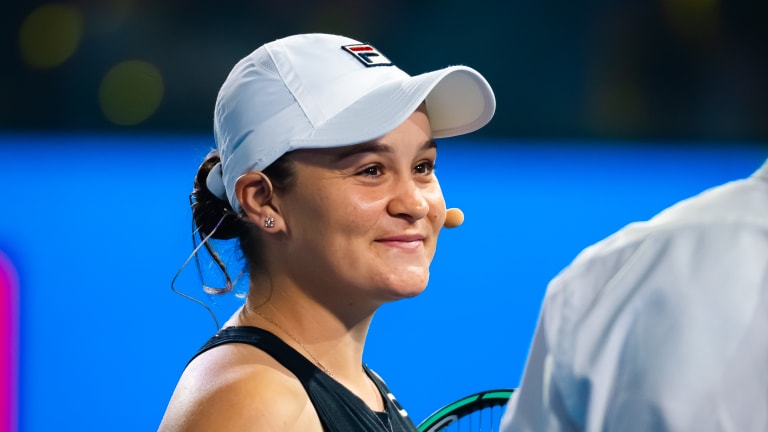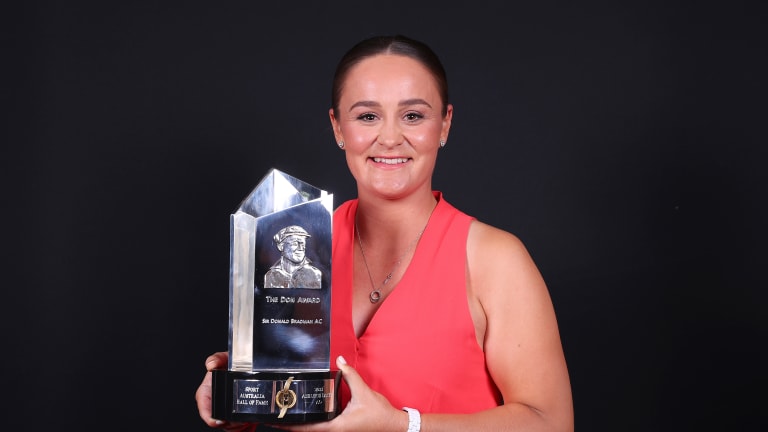The vast majority of retirements from tennis are understandable. Usually, it’s the body that drives the decision, a veteran player physically unable to compete effectively at his or her desired skill level. Often laced in with this is the emotional and mental fatigue that naturally accompanies life in a competitive, singular endeavor. The combination of those factors allows us to accept and even appreciate the player opting to exit.
But then there come those rare moments that appear to defy logic. One came a year ago today, when Ashleigh Barty announced her retirement from professional tennis.
Said Barty, “I just know that I am absolutely—I am spent—I just know physically I have nothing more to give. And that to me is success. I have given absolutely everything I can to this beautiful sport of tennis.”
On that day, Barty was 25 years old and ranked number one in the world. Less than two months earlier, she’d won the Australian Open, her third singles major. The stage seemed set for many great Barty moments to come, including potentially compelling rivalries with contemporaries Iga Swiatek, Naomi Osaka, Ons Jabeur, and Aryna Sabalenka, as well as cross-generational matches versus the likes of Simona Halep, Victoria Azarenka, and Petra Kvitova.
For a highly popular champion to exit at the height of her powers is not the way it usually goes. After all, there’d already been one Barty sabbatical. From late 2014 until early 2016, she’d taken time away from tennis. Upon returning to the WTA, Barty commenced the cycle of excellence that eventually took her to the top.

